Species Photo Gallery for Evacanthus ustanucha No Common Name 35 |
 | Photo by: Erin Price-Erwin
Haywood Co.
Comment: | 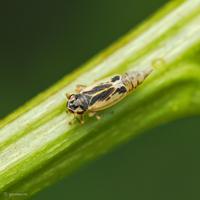 | Photo by: Erin Price-Erwin
Haywood Co.
Comment: |
 | Photo by: Marilyn Westphal
Haywood Co.
Comment: |  | Photo by: Ted Wilcox
Avery Co.
Comment: unid_leafhopper |
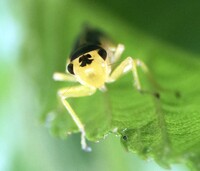 | Photo by: Ted Wilcox
Avery Co.
Comment: unid_leafhopper | 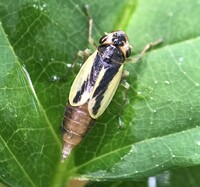 | Photo by: Ted Wilcox
Avery Co.
Comment: unid_leafhopper |
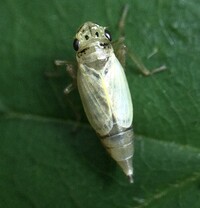 | Photo by: Ted Wilcox
Avery Co.
Comment: unid_leafhopper | 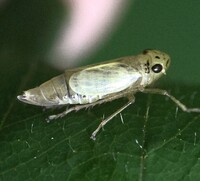 | Photo by: Ted Wilcox
Avery Co.
Comment: unid_leafhopper |
 | Photo by: Ted Wilcox
Avery Co.
Comment: unid_leafhopper |  | Photo by: Ted Wilcox
Avery Co.
Comment: unid_leafhopper |
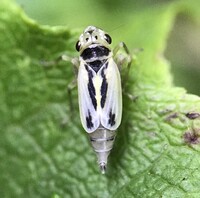 | Photo by: Ted Wilcox
Avery Co.
Comment: unid_leafhopper | 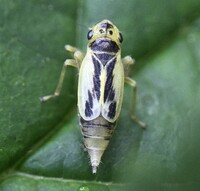 | Photo by: Ted Wilcox
Avery Co.
Comment: unid_leafhopper |
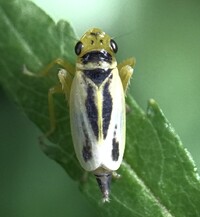 | Photo by: Ted Wilcox
Avery Co.
Comment: unid_leafhopper | 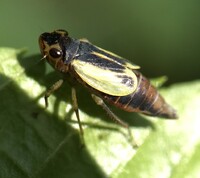 | Photo by: Ted Wilcox
Avery Co.
Comment: unid_leafhopper |
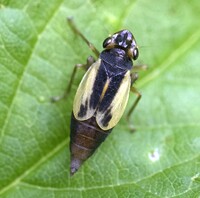 | Photo by: Ted Wilcox
Avery Co.
Comment: unid_leafhopper |  | Photo by: Ted Wilcox
Caldwell Co.
Comment: unid_leafhopper |
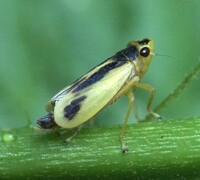 | Photo by: Ted Wilcox
Caldwell Co.
Comment: unid_leafhopper | 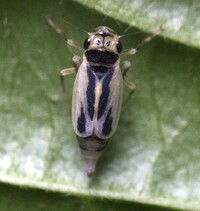 | Photo by: Ted Wilcox
Caldwell Co.
Comment: unid_leafhopper |
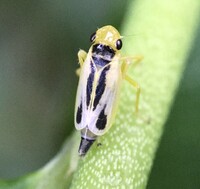 | Photo by: Ted Wilcox
Avery Co.
Comment: unid_leafhopper | 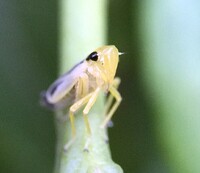 | Photo by: Ted Wilcox
Avery Co.
Comment: unid_leafhopper |
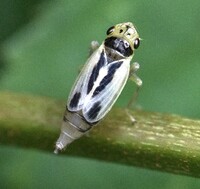 | Photo by: Ted Wilcox
Avery Co.
Comment: unid_leafhopper | 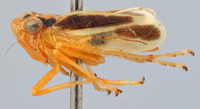 | Photo by: L.A. Kelton
Yancey Co.
Comment: This is the holotyperncoll. August 12, 1957rnimage from the Canadian National Collection |
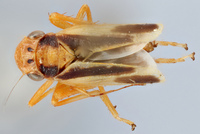 | Photo by: L.A. Kelton
Yancey Co.
Comment: This is the holotyperncoll. August 12, 1957rnimage from the Canadian National Collection | 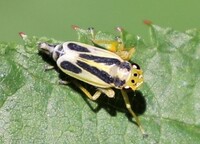 | Photo by: Rob Van Epps
Yancey Co.
Comment: Many seen on Pink Turtlehead and other plants near summit of Mount Mitchell. |
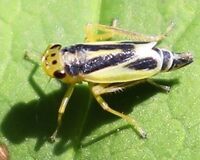 | Photo by: Rob Van Epps
Yancey Co.
Comment: Many seen on Pink Turtlehead and other plants near summit of Mount Mitchell. | 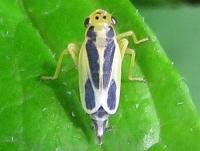 | Photo by: Lori Owenby
Yancey Co.
Comment: male |
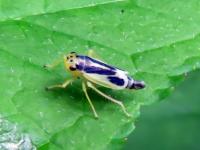 | Photo by: Lori Owenby
Yancey Co.
Comment: male | 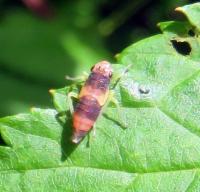 | Photo by: Lori Owenby
Yancey Co.
Comment: likely this species based on location |
 | Photo by: J. B. Sullivan
Yancey Co.
Comment: | 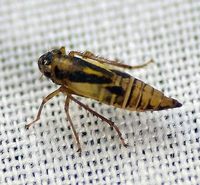 | Photo by: Paul Scharf, B Bockhahn
Yancey Co.
Comment: Attracted to Light |
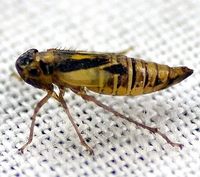 | Photo by: Paul Scharf, B Bockhahn
Yancey Co.
Comment: Attracted to Light | 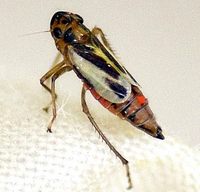 | Photo by: Paul Scharf, B Bockhahn
Yancey Co.
Comment: Caught sweeping |
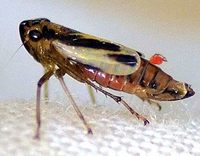 | Photo by: Paul Scharf, B Bockhahn
Yancey Co.
Comment: Caught sweeping | 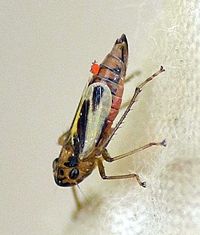 | Photo by: Paul Scharf, B Bockhahn
Yancey Co.
Comment: Caught sweeping |
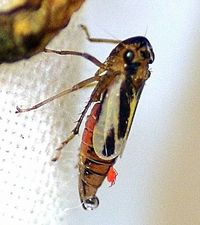 | Photo by: Paul Scharf, B Bockhahn
Yancey Co.
Comment: Caught sweeping |

 »
»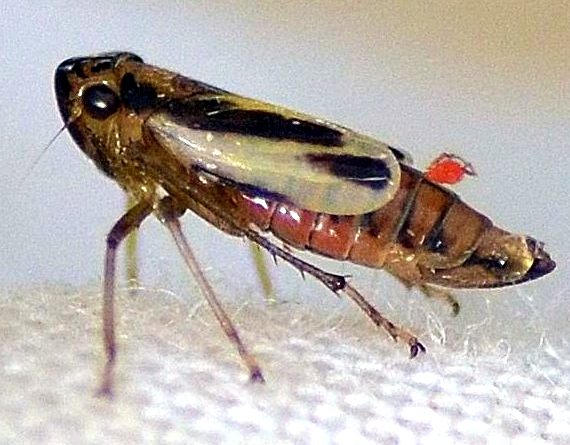
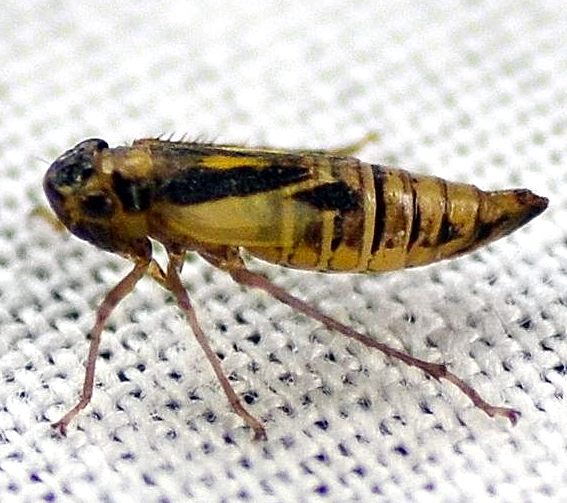
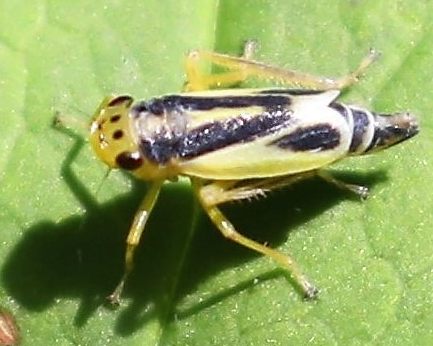


 »
»


